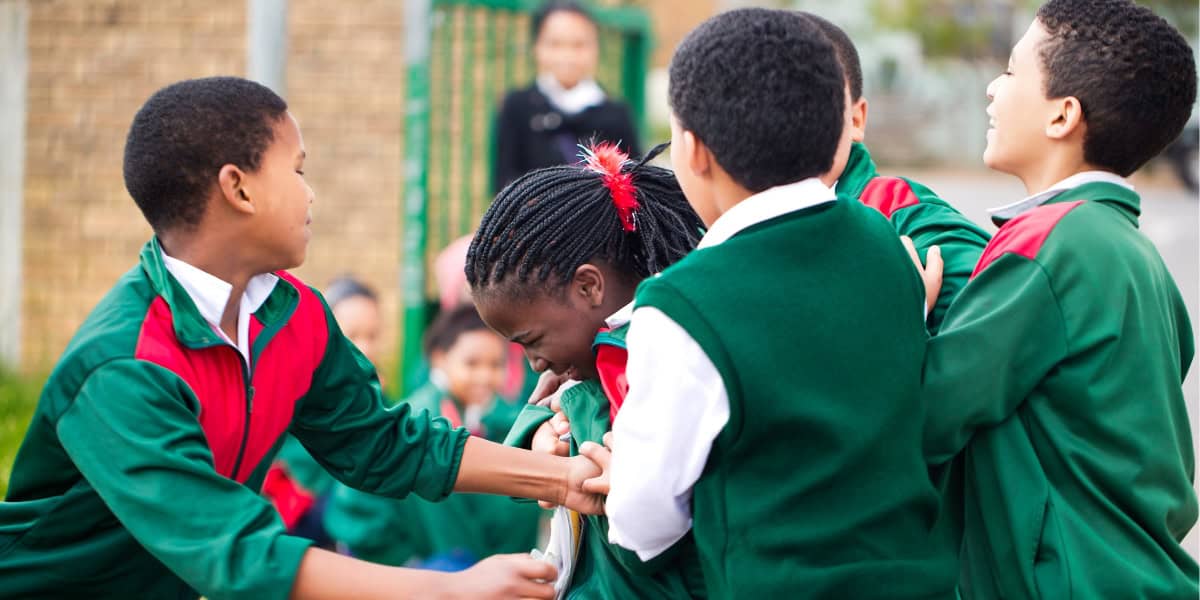Violence in schools is a grave concern that plagues many educational institutions worldwide. It poses a significant threat not only to the physical safety of students but also to their mental well-being and academic performance. Creating a safe school environment is paramount to fostering educational development and ensuring students feel secure and valued. This blog post explores strategies for protecting children from violence in school, including enhancing security measures, promoting a positive school culture, and engaging the broader community.
Understanding the Scope of School Violence
School violence can manifest in many forms, including physical assaults, bullying, verbal abuse, and in severe cases, shootings. These acts of violence can stem from a variety of sources, including disputes between students, domestic issues spilling into the school environment, and external threats. Understanding the diverse nature of these threats is the first step in formulating effective prevention strategies.
Enhancing Physical Security
Enhancing physical security measures is one of the most straightforward approaches to mitigating school violence. These can include:
1. Controlled Access: Limiting entry points and establishing a secure perimeter around the campus can significantly reduce unauthorized access. Schools can employ security personnel, use ID card systems, or install entry barriers to control access during school hours.
2. Surveillance Systems: Implementing CCTV cameras can deter potential perpetrators and provide valuable information in the event of an incident. Surveillance should be coupled with privacy protections to ensure the ethical use of technology.
3. Emergency Preparedness: Regular drills for various emergencies (e.g., lockdowns, evacuations) are essential. These drills ensure staff and students know protocols and can act quickly and efficiently during crises.
Building a Positive School Culture
While physical security is crucial, building a positive school culture is equally important. A school environment that promotes respect, inclusiveness, and empathy can significantly reduce the likelihood of violence.
1. Anti-Bullying Programs: Schools should implement comprehensive anti-bullying programs that teach students about the consequences of bullying and the importance of kindness and respect. These programs should provide clear protocols for reporting bullying and ensure that all reports are taken seriously.
2. Conflict Resolution Training: Educating students and staff on conflict resolution and communication skills can prevent disagreements from escalating. Workshops and classes can equip individuals with the tools to manage conflicts peacefully.
3. Support Systems: Counseling services should be readily available to students dealing with emotional, psychological, or home-life issues that could contribute to violent behaviors. Supportive counseling can also aid victims of school violence in coping with their experiences.
Engaging Parents and the Community
Protecting children from school violence is a community-wide effort. Parents and community members play a crucial role in reinforcing the values taught at school and in identifying signs of distress that could lead to violent behaviors.
1. Parental Involvement: Schools should strive to involve parents in their children’s education and violence prevention efforts. Regular communication between teachers and parents can help identify changes in student behavior that might indicate underlying issues.
2. Community Partnerships: Collaborating with local law enforcement, mental health agencies, and community organizations can provide additional resources for violence prevention. These partnerships can offer professional support for at-risk students and assist in developing effective safety protocols.
3. Public Awareness Campaigns: Raising awareness about the importance of school safety in the community can increase vigilance and promote a shared responsibility for protecting students. Campaigns can focus on the signs of distress or potential violence in children and encourage prompt reporting to appropriate authorities.
Conclusion
The responsibility to protect children from violence in school is a collective one involving administrators, teachers, parents, and the broader community. By combining enhanced security measures, efforts to cultivate a positive school environment, and community engagement, schools can create a safe and nurturing space conducive to learning and development. Ultimately, ensuring the safety of students not only supports their academic achievements and overall well-being but prepares them for successful futures.


Share This Page